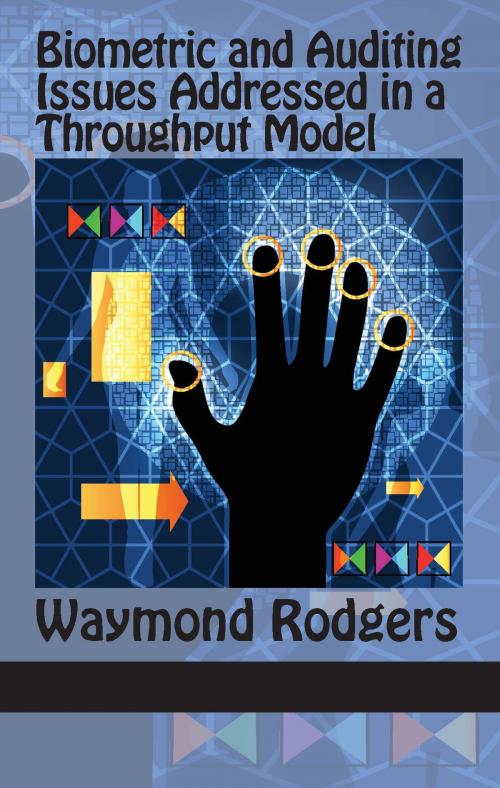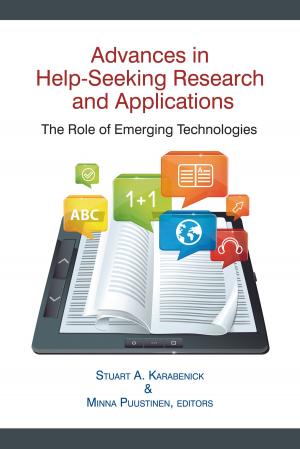Biometric and Auditing Issues Addressed in a Throughput Model
Business & Finance, Accounting, Auditing, Management & Leadership, Leadership, Nonfiction, Reference & Language, Education & Teaching| Author: | Waymond Rodgers | ISBN: | 9781617356551 |
| Publisher: | Information Age Publishing | Publication: | December 1, 2011 |
| Imprint: | Information Age Publishing | Language: | English |
| Author: | Waymond Rodgers |
| ISBN: | 9781617356551 |
| Publisher: | Information Age Publishing |
| Publication: | December 1, 2011 |
| Imprint: | Information Age Publishing |
| Language: | English |
This book proposes a Throughput Model that draws from computer science, economic and psychology literatures to model perceptual and judgmental processes whereby biometrics might be used to reduce risks to a company’s internal control. The book also discusses challenges in employing biometric technology and pinpoints avenues for future research. Biometrics is the examination of measurable biological characteristics. In organizational security, biometrics refers to tools that rely on measurable physical and behavioral characteristics that can be automatically checked. The Throughput Modeling process enables organizations to employ trust systems in assisting transactions that are motivated by ethical considerations. Auditing systems are by far based on trust. Concepts of ethics and trust are aided by the employment of biometrics technology, which enhances the transactions between individuals and organizations in an internal control environment. Issues pertaining to sustainability are also examined with the assistance of the Throughput Model. Finally, this book examines the potential use of an internal control biometrics system to lessen threats to identification and verification procedures. This book proposes an “Throughput Model framework” that considers both exposure and information risks as fundamental factors in classifying applications and organizational processes that might be candidates for the type of internal control biometrics system that biometrics can offer.
This book proposes a Throughput Model that draws from computer science, economic and psychology literatures to model perceptual and judgmental processes whereby biometrics might be used to reduce risks to a company’s internal control. The book also discusses challenges in employing biometric technology and pinpoints avenues for future research. Biometrics is the examination of measurable biological characteristics. In organizational security, biometrics refers to tools that rely on measurable physical and behavioral characteristics that can be automatically checked. The Throughput Modeling process enables organizations to employ trust systems in assisting transactions that are motivated by ethical considerations. Auditing systems are by far based on trust. Concepts of ethics and trust are aided by the employment of biometrics technology, which enhances the transactions between individuals and organizations in an internal control environment. Issues pertaining to sustainability are also examined with the assistance of the Throughput Model. Finally, this book examines the potential use of an internal control biometrics system to lessen threats to identification and verification procedures. This book proposes an “Throughput Model framework” that considers both exposure and information risks as fundamental factors in classifying applications and organizational processes that might be candidates for the type of internal control biometrics system that biometrics can offer.















